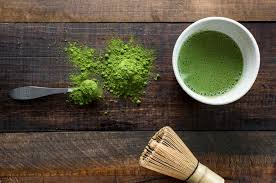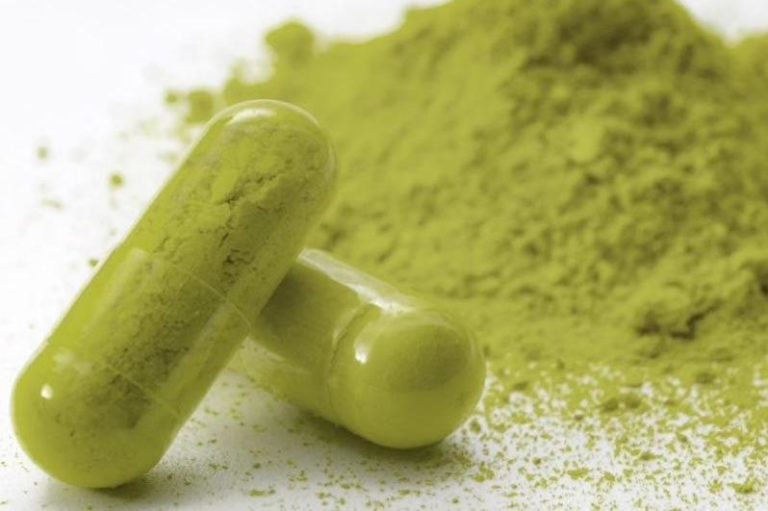Kratomic Bomb: The Highs and Lows of Kratom for Pain

The human body is hardwired to accept pleasure but reject pain. That’s why when you feel any amount of painful discomfort, the instinct is to find ways to immediately alleviate it. The more instantaneous the results, the better humans prefer it because no one wants to suffer. Currently, kratom for pain is the new wonder treatment. This magical herb is touted to relieve chronic pain, offset anxiety, and tame depression. On top of that, many scientists have discovered that it can counter the addictive high people get from using opioids, which ironically is also used for pain management.
What’s This New Thang?
Grown in SouthEast Asia, kratom comes from the tropical evergreen tree with the scientific name Mitragyna Specios Korth. This wonder herb is known by other names like Biak, Ketum, Thom, Kakaum, and of course, Thang. Before drugs were even invented, the leaves of kratom have been used for centuries to alleviate pain. It can actually be eaten raw, but it is more popularly crushed and brewed as a tea. Recently, kratom has been morphed into tablets, syrups, or capsules.
Kratom to Combat Opioid Pandemic
In recent years, kratom for pain relief has gained popularity as an alternative to opioid medications like Vicodin, Morphine, Tramadol, OxyContin, and the like. These opioids, though very effective, are severely habit forming. Many patients find themselves reaching for more opioid pills, not just to relieve their pain, but to feel the rush and high.
Physicians have currently pushed for limiting disbursement of this type of medication because many have become addicted to opioids. Patients, transformed into junkies, are being rushed frequently to the ER because of an opioid overdose. Worst case scenario is they do not make it. And many don’t! The opioid drug misuse has swept the nation creating an opioid epidemic with fatality rates surpassing death by a car crash.
Kratom comes at a perfect time for managing chronic pain in patients who cannot get by and survive with just ordinary pain killers. There are many legal cases that warrant the use of opioids, but the fine line of responsible use and abuse is just too thin, so many health care practitioners no longer wish to skate over it.
Now, they turn to kratom for pain management. It has been dispensed to treat chronic conditions that grapple with acute pain like arthritis and fibromyalgia. On top of that, kratom is seen as the herbal remedy for treating symptoms of opioid withdrawal-like combative temperament, mood disturbance, and even muscle pains.
Regulating This Herb
The Drug Enforcement Administration of the United States of America rattled the medical community when they announced their intention of placing kratom’s two component ingredients on its Schedule I Drug List. The other popular banned drug on this list is the heroine.
The drugs on this list are touted to have no currently accepted medical use. On top of that, these drugs are perceived to have a high potential for misuse and abuse. Mitragynine and 7-hydroxymitragynine are these two controversial components. Being classified into the Schedule I category would make the possession of kratom or its sale illegal. The DEA proposed to keep it on that list for a minimum of two years.
The announcement of the DEA resulted in a huge backlash. A multitude of supporters of the herbal drug protested this gross injustice by rallying at Lafayette Park in Washington D.C. On top of that, they handed over a petition signed by one hundred twenty thousand people opposing the ban.
Their message was loud and clear that the DEA failed in handling the opioid crisis and that they would fail even more if they take a hit at kratom. Doing so would only make the situation worse. In addition, those opposing the ban explained that placing kratom on the Schedule I drug list will halt any research on the product. Whatever gains that have been made in exploring kratom will be impeded and totally wasted.
Instead of imposing a total ban on Kratom, the US Food and Drug Administration, led by its commissioner who is also a medical doctor, published a public health advisory. Therein they informed everyone about the possible risks of using kratom. Education and information were the intent, seeing that the majority were in up and arms over the DEA’s intention.
Read the full article at Augusta Free Press




